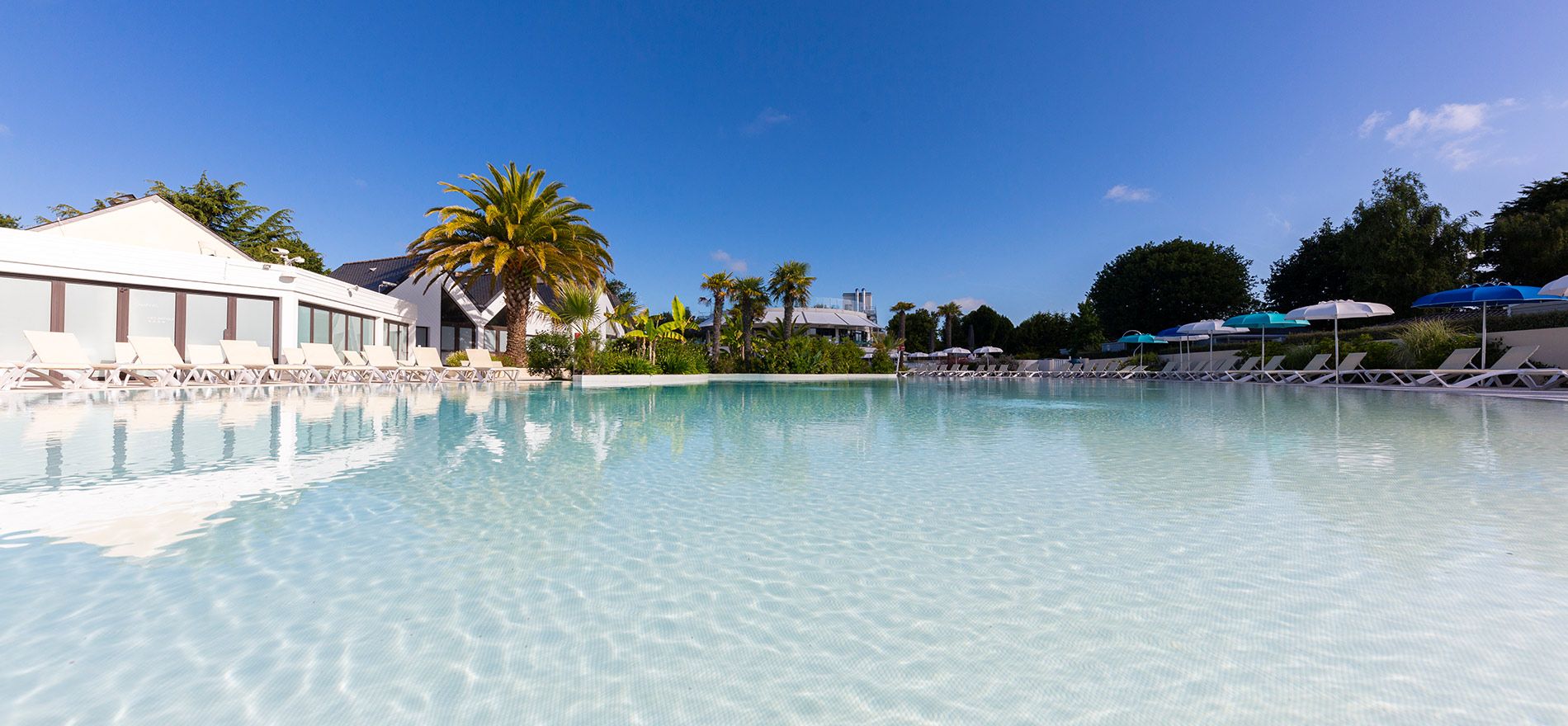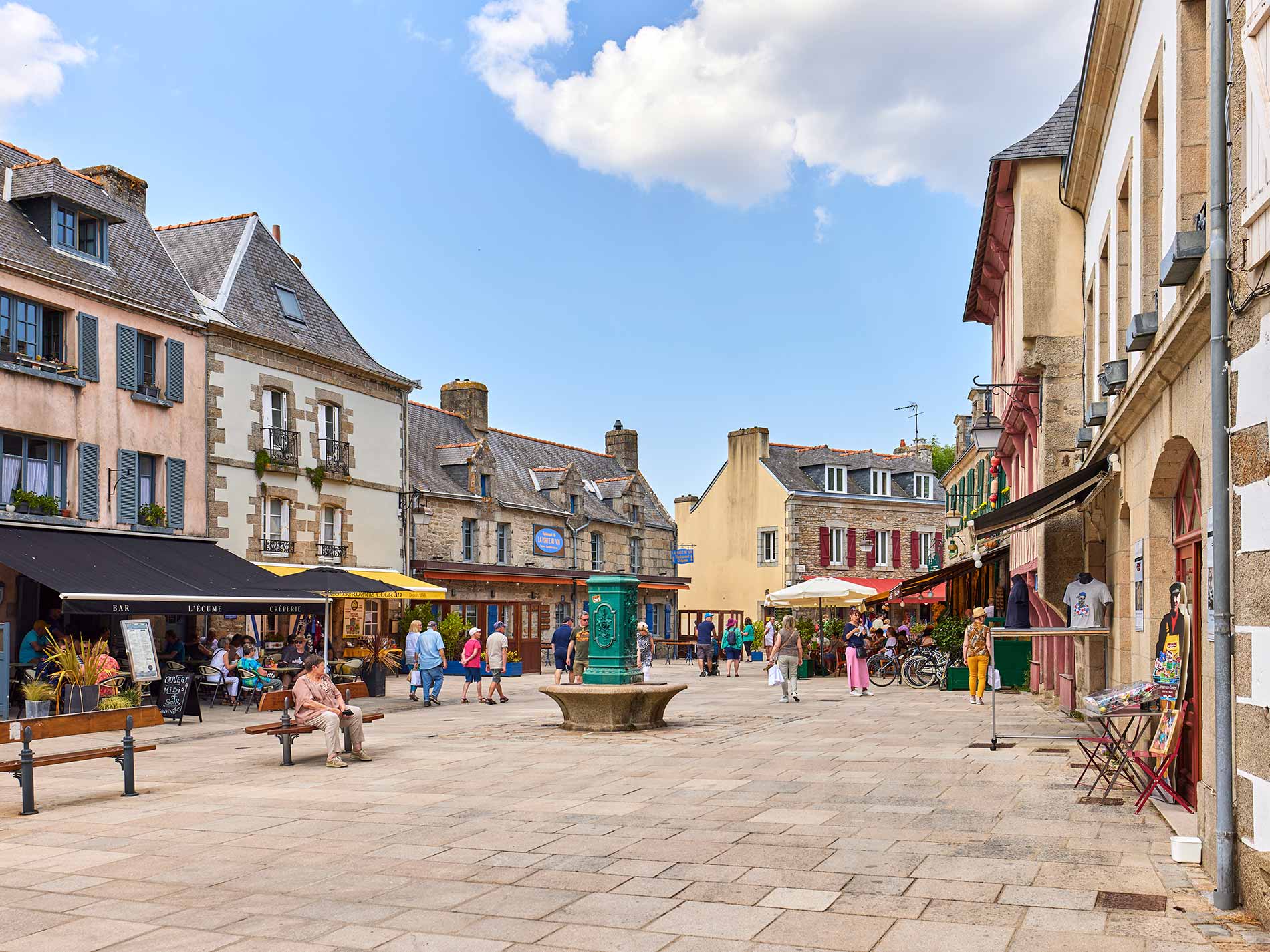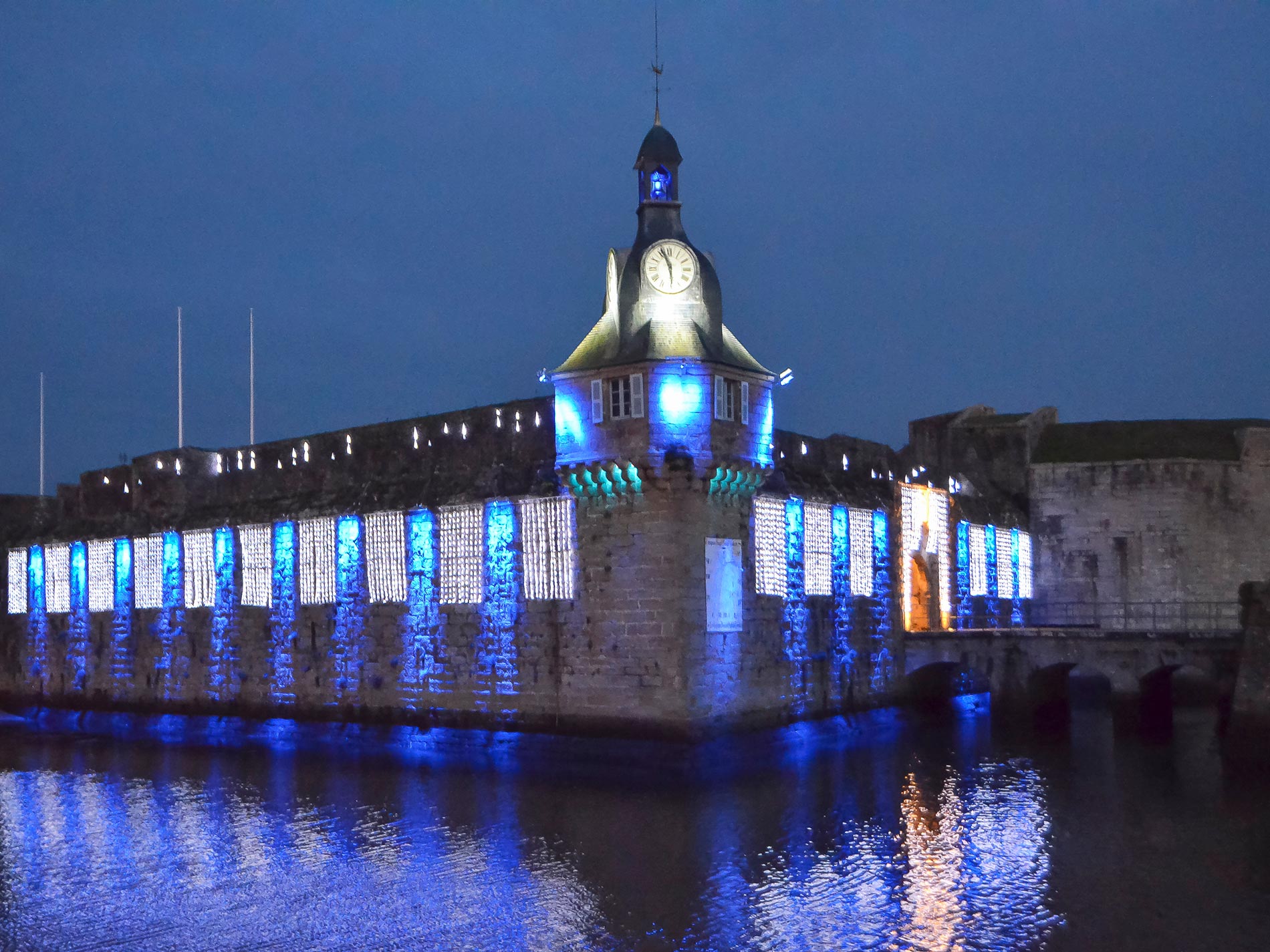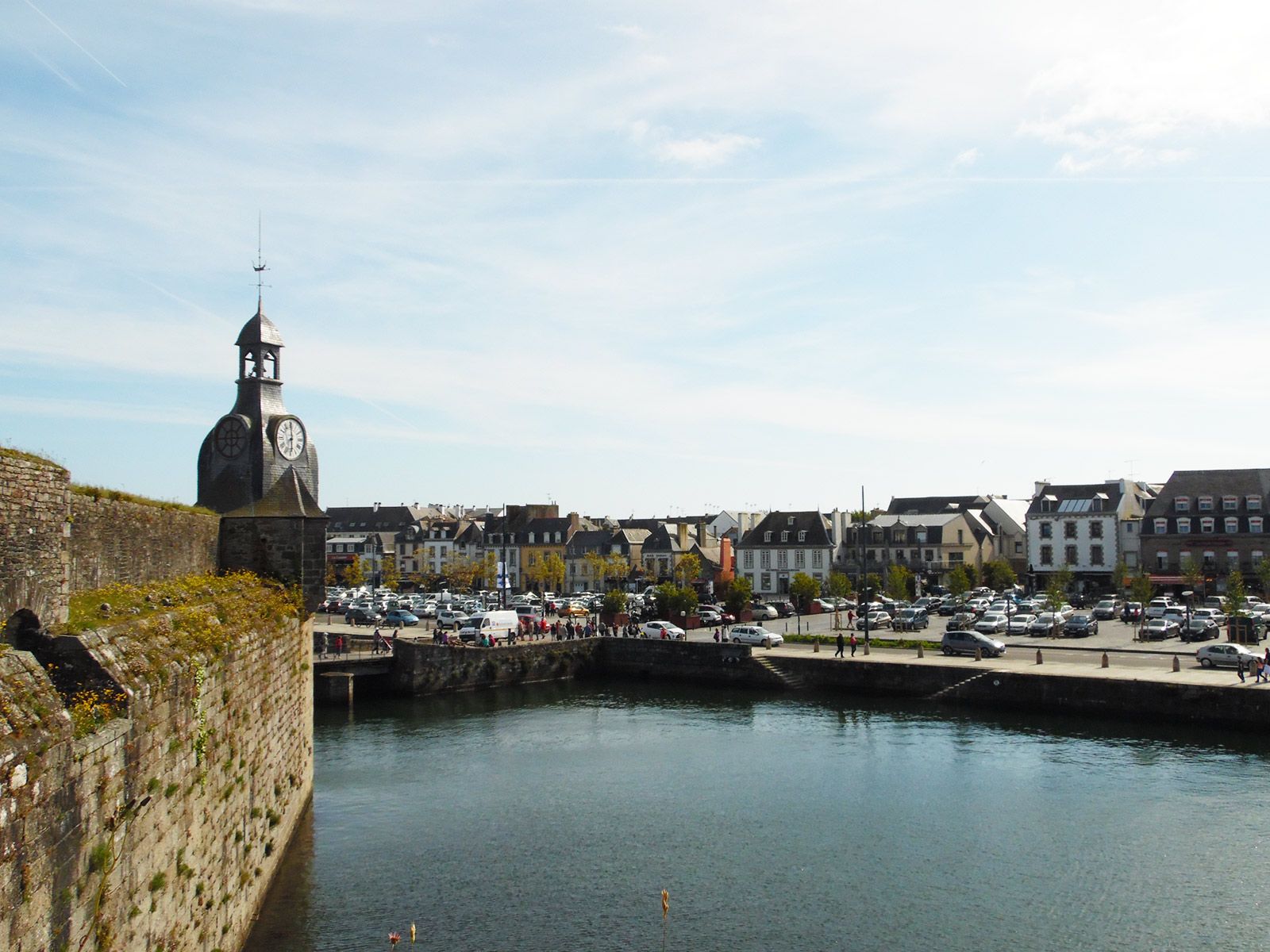
Campsite near Concarneau
View itineraryConcarneau is a definite must-visit. Located near the campsite, Concarneau is a famous fortified town with lots of little boutiques behind the walled town.
Walk along the corniche
The tour of the town doesn't take very long. It takes just two hours to walk around the walled town and its ramparts. You can continue your walk along the corniche and around the harbour and complete your visit with a trip to the fishing museum. There are plenty of other things to do in the area such as watersports, swimming and lazing on the sandy beaches!
Shopping street in the old part of town
Rue Vauban, the main street in the citadel, is brimming with souvenir shop, boutiques and restaurants.
Or maybe you prefer an artisanal ice-cream or sweets!
A summer's day in the walled town
The imposing walls encircling the town of Concarneau were built in the 14th and 15th centuries when it became a fortified town. Du Guesclin gloriously chased the English who had entrenched there. During the religious wars, the Calvinists managed to seize the fortress, but the royal troops dislodged them and in the spring of 1594, Henri IV reconquered the town. At Louis XIV's request, Vauban undertook major work on the town. He built platforms for artillery, new towers, and added to the western headland of the island, a "castle", which for more than three centuries monitored the entrance to the walled town.
Entrance to the « walled town »
This little island measures 350 metres long by 100 meters wide. It is around the 4th century that monks, attracted by the natural beauty of the site, built a priory on the island then uninhabited, which is now the walled town of Concarneau as we know it today. As this small town was the most strategically located town for defense than any other town in Brittany, a guard settled in this town which until then, was devoted to prayer. After the soldiers, the merchants arrived.
Ferry crossing to the walled town
Since the Middle Ages, a ferry has crossed the river from the walled town to the Lanriec district located on the other side of the bank. The oldest written testimony describing this activity dates back to 1678, when the Abbey Landévennec owned the right of way. This service, private for several centuries, became a public service in 1976 and is run by the marina.
The ferry “bac” is a small boat that takes you through the harbour entrance to Lanriec and the old part of town. You therefore avoid crossing the Moros bridge and the dry dock if you go through the fishing harbour. It is the quickest way to reach the town and also a rather enjoyable ride! The 200 m journey takes 5 minutes making it the "smallest crossing in the world!"
View over the marina
Concarneau's fishing port, located practically in the town centre, is in perfect harmony with ancient and modern techniques. Concarneau still owes its economic growth to the sea. In the 17th century, merchants settled in the "Ville Close" and imported wood and rogue from Norway, sea salt, wines and brandies from Charente and Bordeaux exchanging these goods for pressed sardines and cereals.
The sardine crisis in the early 20th century forced traders, sailors and industrial canners to start fishing for albacore. Trawlers now fish as far as northern Scotland and tuna seiners sail to the Seychelles and the Gulf of Guinea. Today, Concarneau is, in tonnage, the 3rd largest fresh tuna fishing port in France and the largest tuna port in Europe.
The main square
The small square behind the governor's house is now covered with slabs of granite from Guern, Morbihan. Place Saint-Guénola, right in the centre of the walled town, has regained its original beauty thanks to numerous renovation projects to restore the elegant facades of granite stone.





